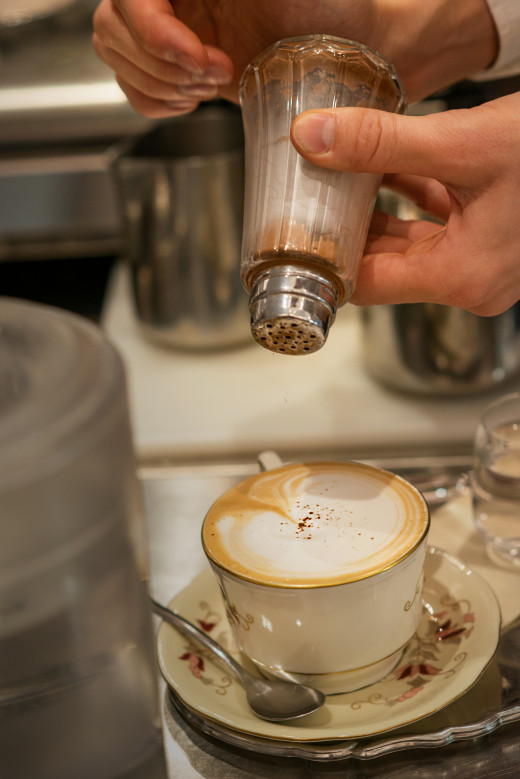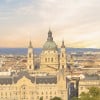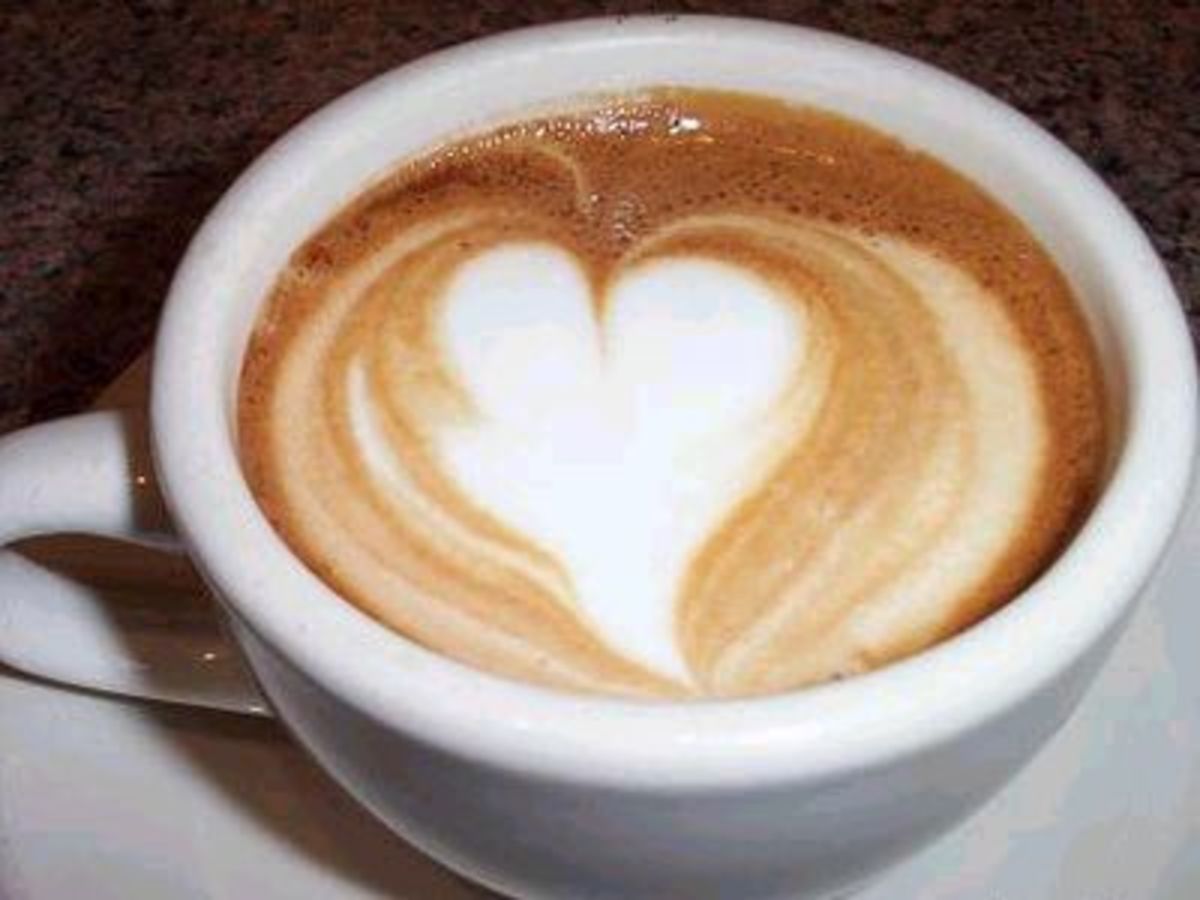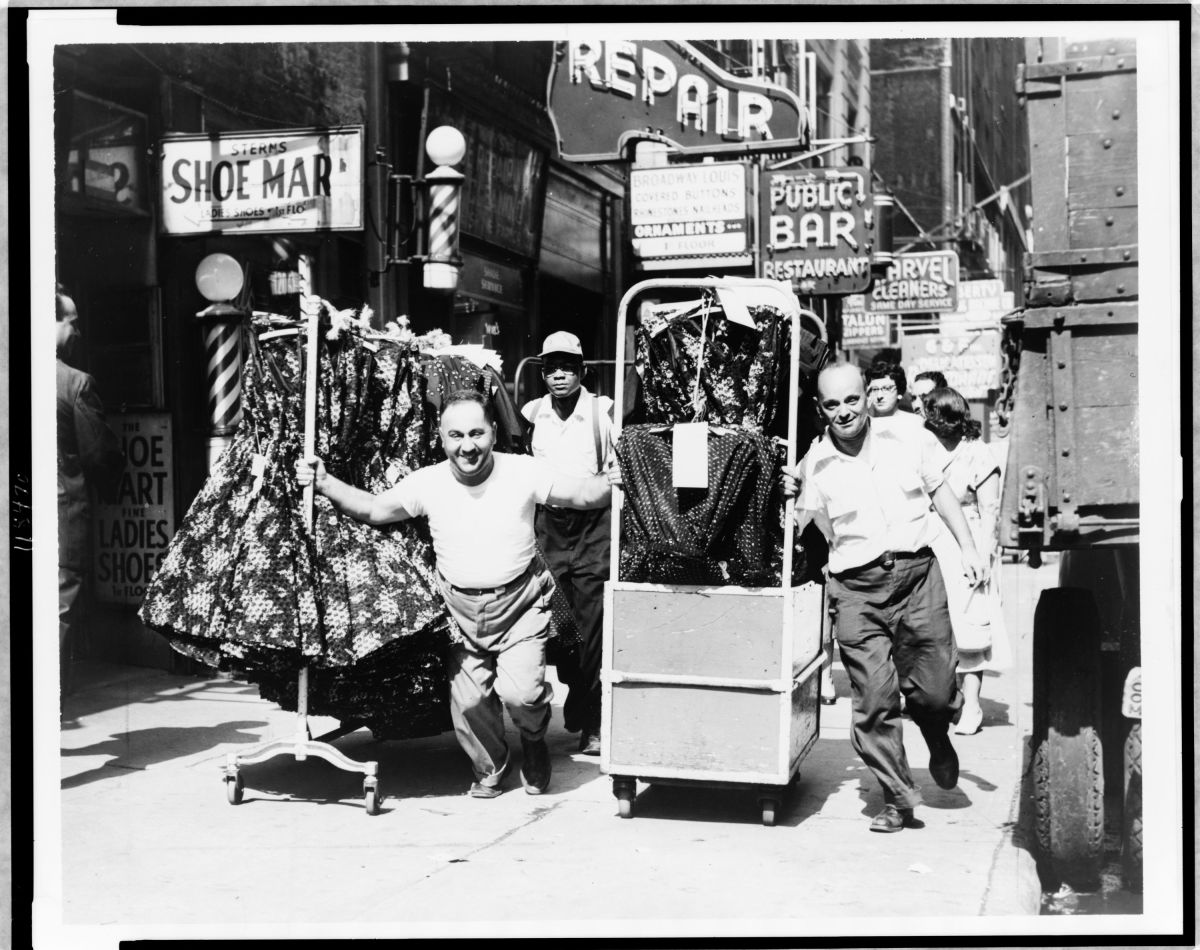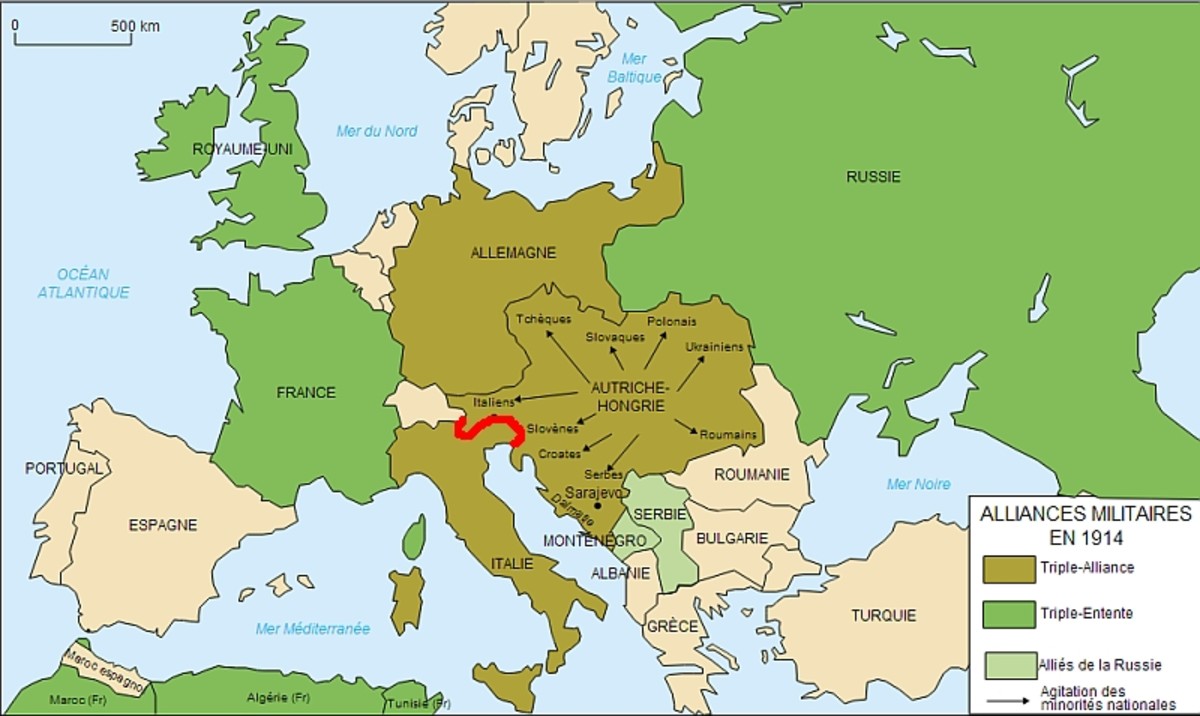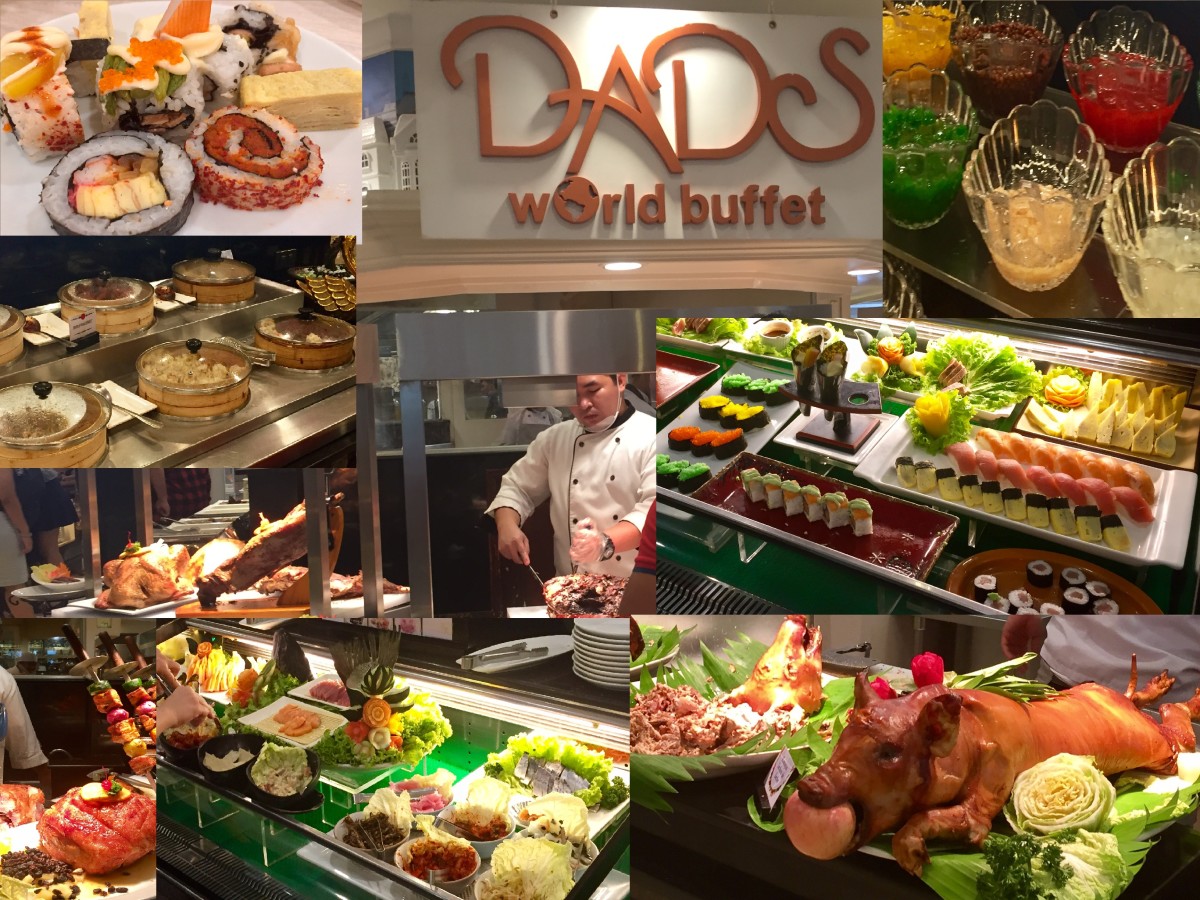The Art of Making and Drinking Coffee in Europe

From its introduction into Europe in the 16-17th century, coffee began to capture hearts and minds across the continent.
A Short History
The history of coffee dates back to the Medieval times. The origin of cultivating coffee trees is from Ehtiopia (East_afrca), but th earliest substantiated evidence of coffee drinking is from the early 15th century, in the Sufi Muslim monasteries of Yemen, and coffee was being grown in the Yemeni district of Arabia and by the 16th century it was known in Persia, Egypt, Syria, and Turkey.
European travelers to the Near East brought back stories of an unusual dark black beverage. By the 16-17th century, coffee had made its way to Europe and was becoming popular across the continent. The word "coffee" entered the English language in 1582 via the Dutch koffie borrowed from the Turkishkahve, in turn borrowed from theArabic qahwah.
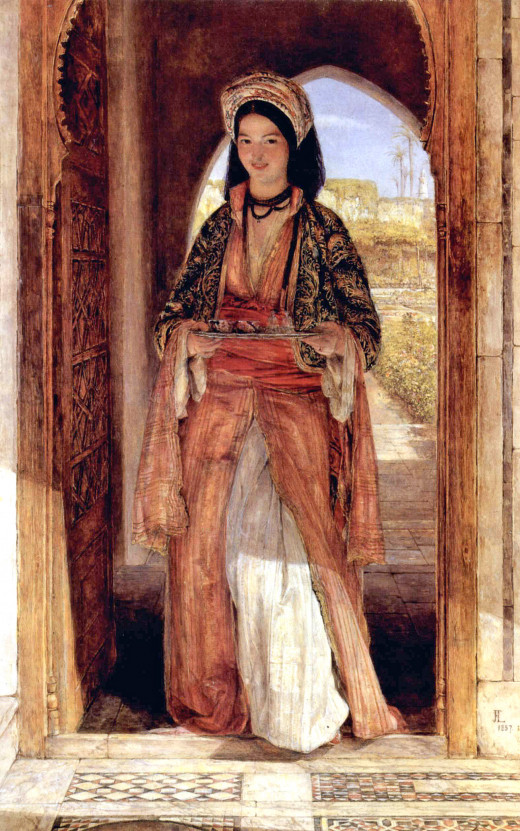
Famous Coffee Addicts in History
Voltaire, the famous writer is perhaps one of the most avid coffee addicts in history. He reportedly consumed somewhere between 40 and 50 cups of coffee a day.
Margaret Atwood has her own coffee line, her breakfast consists solely of coffee with cream or steamed milk. She enjoys the occasional espresso shot.
Ludwig Van Beethoven was obsessive about his coffee, and would count by hand 60 beans per cup.
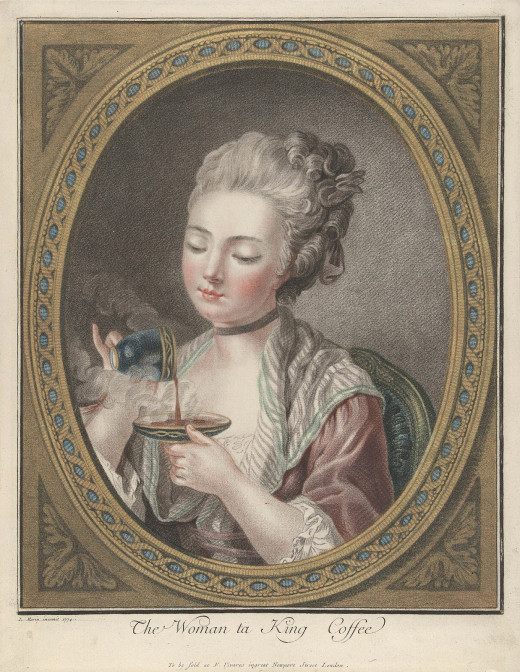
The first espresso was made in Turin in 1884. Espresso is one of the most popular types of coffee today in Europe. It is cooked from fine ground arabica or robusta coffee beans under high pressure at optimum temperature.
And what makes Italian espresso so good? There are three tricks, though. Machines set at the appropriate temperature and pressure (often abroad they are set at a too low pressure and too high temperature) and cleaned and maintained regularly. Coffee being short: outside Italy what goes for a short espresso is much longer than a long espresso in Italy: the longer you brew your coffee, the worse if gets. Coffe beans being ground just a few minutes before brewing.
Source: Quora.com
And which nation drinks the most coffee? According to statistics provided by EUROMONITOR INTERNATIONAL, the Number 1 country that consumes the most coffee is actually Finland, followed by Norway, the Netherlands, Sweden and Austria. Europeis still not a “coffee-to-go” culture. Europeans sit down, relax, chat with friends and slowly sip their coffees. The portions are small and the flavour is concentrated.
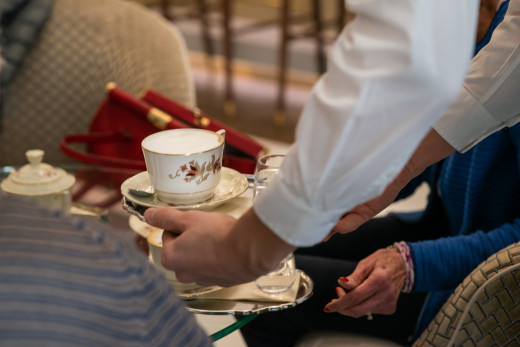
The Coffee in Hungary
In the 16th century Coffee was brought to Hungary by the Turks of the Ottoman Empire - and thanks to them, coffee making is an integral part of Hungarian culture. The first coffee arrived in Buda in 1579 addressed to a Turkish merchant named Behrám. The first coffee maker in Pest, according to a written record from 1714, was Cavesieder Blasius, or Balázs Kávéfőző. He bought a house on Molnár Street (Wasser Thor Gassen, Hajós Street, then Vizikapu Street) in District 5. Cafés has become common places in Hungary, and coffee is probably the most popular breakfast drink today.
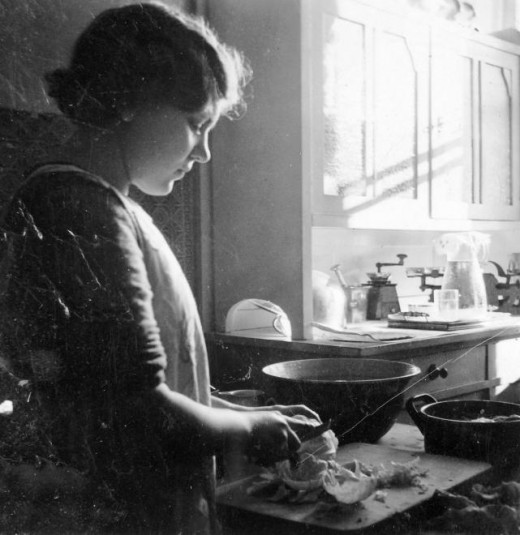
This coffee falls into your stomach, and straightway there is a general commotion. Ideas begin to move like the battalions of the Grand Army on the battlefield, and the battle takes place. Things remembered arrive at full gallop, ensign to the wind. The light cavalry of comparisons deliver a magnificent deploying charge, the artillery of logic hurry up with their train and ammunition, the shafts of wit start up like sharpshooters. Similes arise, the paper is covered with ink; for the struggle commences and is concluded with torrents of black water, just as a battle with powder.
Source: Honoré de Balzac
Coffeehouse culture was a very important part of the Hungarian city life in the end of 19th century and during the first half of the 20th century. The most famous coffeehouses of Budapest were founded in the 1870’s and 1880’s. „They all had their special guests: one was the place where revolutionaries gathered, in another coffeehouse poets and writers spent their days writing their works. Everybody went to coffeehouses from businesspeople to philosophers and artists” describe this era Robert Sebastian Copper in his pocket book about Budapest.
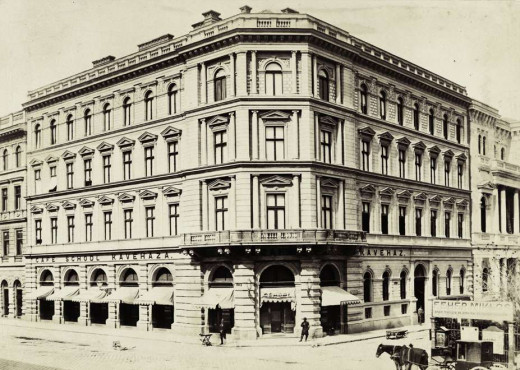
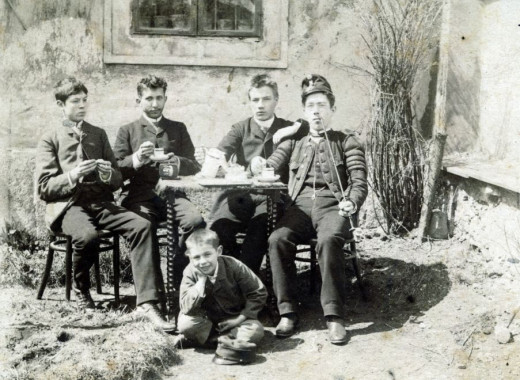
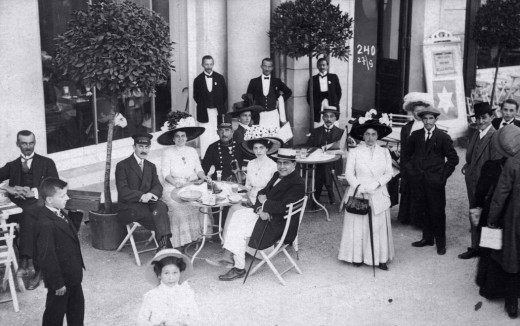
The Pilvax Café
The legendary Pilvax Café is the heir of Café Renessaince on the former Úri street (today: PetőfI Sándor street). Café Renessaince was founded by Ferenc Privorsky in 1838, and Károly Pilvax was his bartender. Pilvax was an austrian young man who moved to Budapest, married a Hungarian woman, and took over the café in 1841. His wife insisted on having their name on the name-board, so they renamed the place “Pilvax”.
What was the Pilvax like? People went there to play pool, cards, read newspapers, eat out, and socialize. During the Hungarian Reform Era (between 1825 and 1848) Buda and Pest had more than 40 cafés. These places also functioned as networking centres. The owners had the newest papers, traders met here to exchange news, and university students (at the time: only men) met here. Cafés were ideal for dates, too.
Károly Pilvax rented the café to János Fillinger in 1846, who didn’t change its name. In 1846, Pilvax was an iconic meeting point for the youth. Famous figures of The Hungarian Revolution of 1848 like Mór Jókai, Sándor Petőfi, and Mihály Tompa started to round up here.
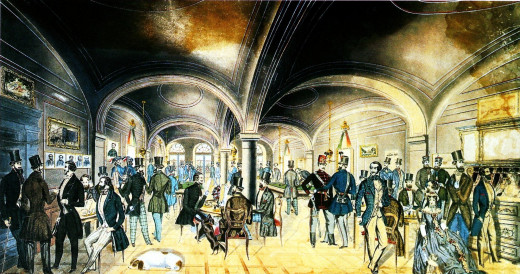
Britannia Hotel and Zsolnay Café
Walking down the Grand Boulevard from Oktogon to Nyugati Railway Station the most exciting sight is the former Hotel Britannia, which is one of the few hotels that survived the historical storms and could function as a hotel and café since 1913. After its opening, the whole hotel got central heating, hot and cold running water, which was extraordinary at the time.
Hotel Britannia was among the high-end hotels of Budapest. Best years of Britannia between the World wars were in the 1930s, when the Nyugat Circle, a literary team had its meetings at the hotel. They rented a separate room for the occasion, and the events had a high value in the current cultural life.
On New Year’s Eve of 1930 Zsigmond Móricz, the well-known writer held a party at Britannia, joined by 120 co-workers at Nyugat, and their friends and family. The event was so grandiose, the greatest figures of the 1930s literature didn’t stop partying till 5am.
On Mondays, psychologists gave presentations at the hotel. Tuesdays were dedicated for poets, Wednesdays were ruled by novelists. On these days, Britannia was filled with the words of the era’s greatest minds like Mihály Babits, Frigyes Karinthy, Dezső Kosztolányi, Gyula Illyés, or Lőrincz Szabó. Thursdays were hosted by Endre Nagy. On Fridays, fine arts were in focus with artists like Pál Pátzay, Róbert Berény (whose lost paintings were in the set of Stuart Little), Oszkár Glatz or Károly Kernstock. Saturdays were women’s nights with Ilona Kernách, Frigyes Karinthy, Gréte Harsányi, János Kodolányi, and Vilma Medgyaszay.
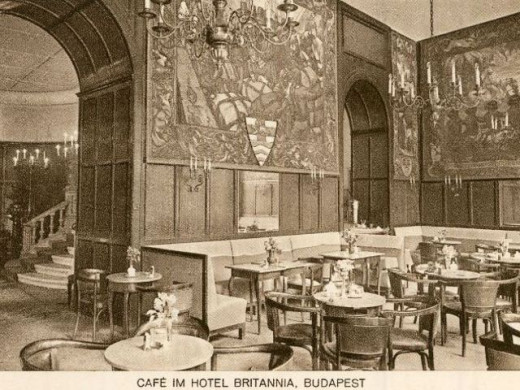
Cafés and coffee shops still play an important role in Hungary.
